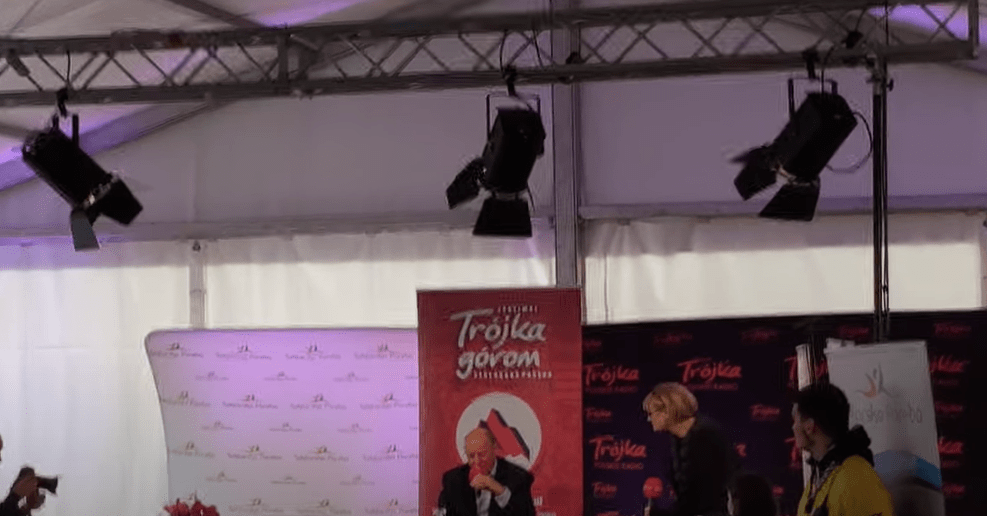Over the last 20 years, Piotr Bieniek has become a remarkably unusual individual whose career moves fluidly between the creative, financial, and film industries. Bieniek was born in 1984 and now resides in Warsaw and Iwanowice Dworskie. Her career story effectively illustrates how one person can redefine versatility in a time of hyper-specialization.
His artistic photography, which has received special recognition on websites like LensCulture and Behance, demonstrates a depth of visual intelligence that is both emotionally compelling and technically proficient. His aerial photographs and sparsely populated urban landscapes evoke a spooky silence that is frequently likened to Andreas Gursky’s symmetry or Edward Hopper’s contemporary conceptualism in color scheme. These pieces invite viewers to confront space, memory, and silence; they are not just beautiful; they are remarkably clear windows into modern society.
However, Bieniek’s work in the banking industry might not seem connected at first. However, he was able to lead strategic operations and transformation projects at Deutsche Bank Polska thanks to his analytical skills and acute understanding of structural flow. He greatly decreased process redundancies by optimizing internal systems using advanced analytics. According to those who have worked with him, he has an exceptionally efficient and human-centered style, which is uncommon in the frequently chilly financial hallways.
Biographical Table – Piotr Bieniek
| Full Name | Piotr Bieniek |
|---|---|
| Date of Birth | January 18, 1984 |
| Age | 41 |
| Nationality | Polish |
| Primary Professions | Photographer, Actor, Banker, Strategist |
| Notable Film Appearance | “Mroczne Żelazo” (2017) |
| Known For | Artistic Photography, Deutsche Bank Career |
| Active In | Warsaw, Cracow, Iwanowice Dworskie |
| Online Portfolio | www.piotrbieniek.com |
| Height | 1.66 m |
| Social Media | Instagram: @piotr_bieniek755 |
| Languages | Polish, English |
| Major Affiliations | ZPAF, AFIAP, Deutsche Bank Polska |
| Reference | IMDb – Piotr Bieniek |

Global financial operational models were disrupted by remote work during the pandemic. In response, Bieniek’s group created flexible frameworks that struck a balance between institutional compliance and digital acceleration. These were useful, goal-oriented solutions rather than abstract diagrams. His method, which combined design-thinking ideas from his visual arts training with change management theory, was especially creative.
His cinematic turn comes next. Bieniek played Marek Plater in the independent thriller “Mroczne Żelazo” in 2017. The film received a 6.9 IMDb rating and was praised at Polish film festivals for its gritty aesthetic and multi-layered narrative, despite not being a mainstream hit. The same emotional economy found in Bieniek’s photographs was reflected in his subtle yet profoundly reflective portrayal. It’s uncommon for a banker to take action or for an actor to offer advice on the digital banking revolution, but Bieniek does both with quiet conviction.
Bieniek continues to display his photographs in carefully curated exhibitions through strategic collaborations with cultural organizations such as Kielce’s Biuro Wystaw Artystycznych. These exhibits are carefully chosen investigations of Poland’s urban rhythms and historical undercurrents, not just ostentatious displays. He has created images that feel incredibly resilient and capture post-industrial changes by fusing drone photography with contemporary editing.
His online presence provides behind-the-scenes looks at his recent projects and editing process, particularly on Instagram under the handle @piotr_bieniek755. His compositions’ emotional clarity and the noticeable lack of noise, both literal and metaphorical, are often praised by his fans. His photographs convey a serene intensity, whether they are of a foggy train station or a broad aerial view of Warsaw’s skyline.
In recent years, up-and-coming artists seeking a role model who doesn’t fit into one identity have found great value in Bieniek’s work. His example is frequently cited as a powerful case study in the context of education reform and career coaching. He maintained an unexpected and inspirational career arc by resisting the urge to specialize too soon. His journey provides incredibly clear evidence that disparate skills can complement one another for nascent professionals navigating uncertainty.
By working together in the fields of media, art, and finance, Bieniek has successfully created a platform that transcends traditional limits. His most sophisticated collections, many of which center on urban decay, structural asymmetry, and aerial solitude, are curated on his personal website, www.piotrbieniek.com. These collections have appeared in digital photography journals throughout Europe and are frequently selected by online curators.
The emotional genuineness of Bieniek’s story is what makes it so captivating. Bieniek seems to give each endeavor her whole attention, in contrast to many polymaths who spread themselves too thin. He is extremely versatile in his ability to compartmentalize roles while applying lessons from one field to another. His unwavering clarity of thought, motivated by a need to build rather than merely display, is evident whether he is talking about camera aperture or enterprise restructuring.
As younger creatives reject traditional career paths, Bieniek’s influence is set to grow even more in the years to come. His multidisciplinary fluency reflects a deeper societal shift that values synthesis over segmentation rather than being a fleeting novelty. He has brought attention to the expanding nexus of art, strategy, and digital identity through strategic storytelling and visual accuracy.

